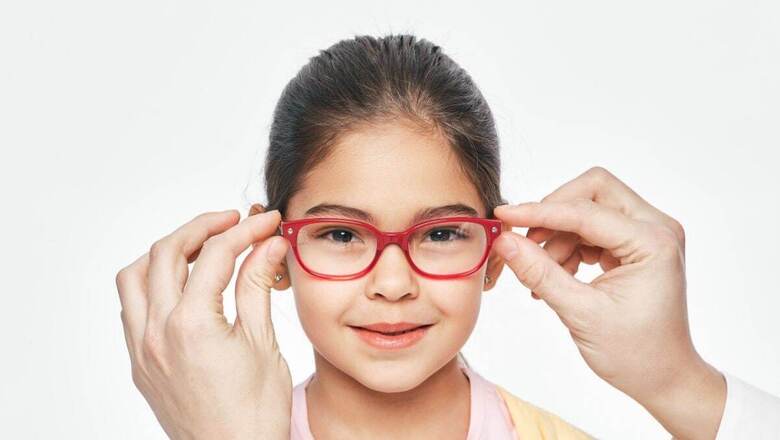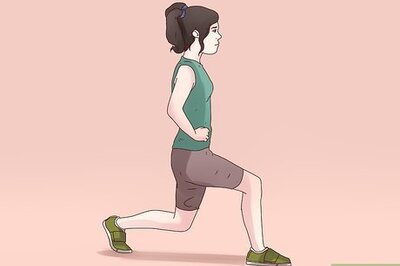
views
Myopia is also known as near-sightedness and short-sightedness, where light focuses in front of, instead of , on the retina. As a result, distant objects appear blurry while close objects appear normal.
Current lifestyle changes are resulting in an increase in eye axial length, especially after pandemic. And due to that prevalence of myopia is also increasing and many practitioners now considering it as epidemic of myopia. By 2050 myopia prevalence of high myopia will go upto 50 to 55 % as compared to todays 33% worldwide. Some even consider myopia as the biggest threat to eye health of the 21st century.
Some of the common causes for developing myopia are myopic parents, premature delivery of babies, early onset of myopia (less than 4 years) , lifestyle changes like less outdoors activities, low light living conditions, increasing screen time in young age, closer work after sunset, poor eating habits.
Ques 1: Influence of natural daylight versus artificial light
Natural day light plays big role in prevention of development and progression of myopia, as natural light is way brighter than artificial lights which helps the eye to develop normally. Also 2 hours daily outdoor activity is must for any children, to ensure they don’t develop myopia in early age.
Ques 2: Indoor lighting conditions; near work
Near work or increasing screen time also plays big role in myopia, as children who are on screen from their early age, tends to have longer eye axial length than normal, which increases the risk of myopia development.
Ques 3: Screen time affecting the development and progression of myopia in children and adults.
Increased screen time, especially at a young age, has been linked to a higher risk of myopia development and progression. Prolonged screen use reduces outdoor time and increases near work activities, contributing to longer eye axial length and higher myopia prevalence.
Ques 4: Physical activities or sports that can help prevent or control myopia?
Any physical activity or outdoor sports for minimum 2 hours are Mandatory to avoid myopia in children and teenagers as well.
Ques 5: Dietary factors linked to myopia prevention or management?
Some of the diet habits specifically which is essential for normal growth of the eye must be included in daily basis for children. Some vitamins like vitamin A, vitamin C and vitamin E, which are essentially required for structural growth of the eye can be consumed from vegetables like carrots, spinach or any green leafy vegetables, broccoli. Fruits like mangoes, citrus fruits like lemon, aamla, oranges.
Dry fruits like almonds and walnuts are so much important in daily diet. For non-vegetarians they can take eggs and fish for their eye focused diet.
Ques 6: Can certain relaxation techniques or eye exercises help alleviate symptoms of myopia or slow its progression?
1. Outdoor activity minimum 2 hours
2. Increase distance from device, minimum 30 cm away
3. Good reading posture, avoid reading while lying down.
4. Good lighting, avoid using devices in dark and reading in poor lighting
5. Take a break: 20-20-20 rule: After Every 20 minute, take 20 seconds of break and look 20 feet away from screen. Close the eye too for few seconds and you can do clockwise movements of the eye to give relaxation.
6. Balanced diet as mentioned above
7. Regular eye check-ups for every child, especially if parents are having myopia.
Ques 7: How to reduce the onset of myopia in kids
To reduce the onset of myopia in children, comprehensive eye check-ups are essential. At Dr. Agarwal’s Eye Hospital Group, we offer specialized myopia clinics where individualized treatment plans are provided. Additionally, educating families and parents about the importance of limiting screen time for infants and children can help prevent early-onset myopia.
Treatment options may include various types of lenses such as bifocals, progressives, peripheral defocus lenses, multifocal contact lenses, orthokeratology, or myopia-controlling eye drops, depending on the individual’s needs.

















Comments
0 comment